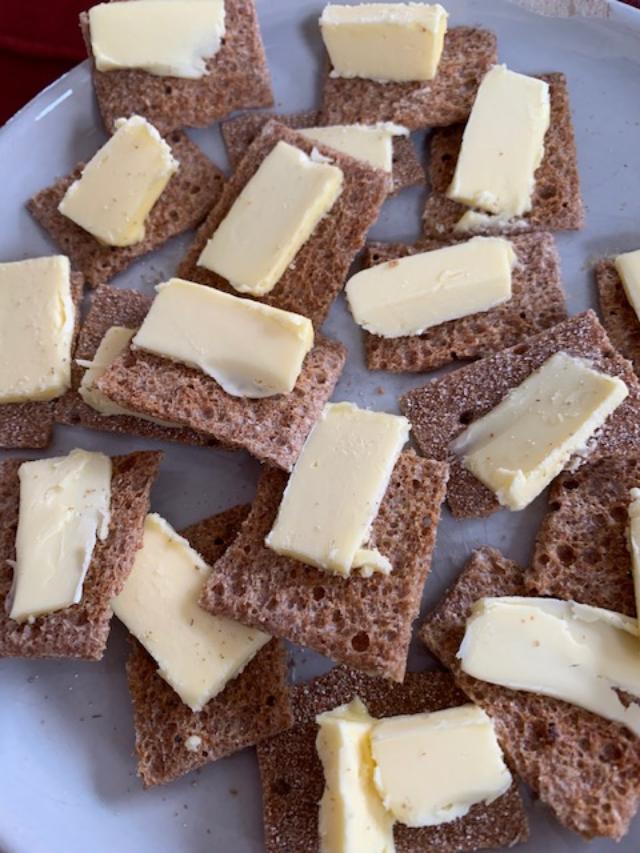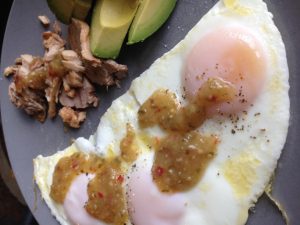Since someone took the time to mention in a comment that he found this blog because of my croissant diet post …
It’s been over a year now and yes. I think there’s something to it.

As I mentioned in my first post, if you ran into me you probably wouldn’t think “overweight,” but my entire life I’ve had a tendency to put on extra pounds. As I’ve gotten older especially, I’ve floated at the upper end of what would be considered a good weight (based on hip:waist ratio).
I’ve kept things under control by watching carbs, periodic keto, and intermittent fasting. I work out (lift heavy things) twice a week and am fairly active otherwise. I use a standing desk to write.
But in 2018-19, everything stopped working as well. It seemed harder and harder to keep those few extra pounds from creeping back on.
So when I learned about the croissant diet, I thought, “hmmm.” Brad seems smart. He looks at the science. As a keto-literate person, I’m not shy about ingesting fats, but the more I dug into Brad’s blog posts, the more I started wondering if my issue was the kind of fats I was eating.
Keto/primal typically gives the green light to olive and avocado oils. And yes, unless you are scrupulous about keeping a food diary or updating a tracker app, it’s hard to attribute weight gain to diet with any real precision. But I was eating a LOT of monosaturated fats. Half an avocado nearly every day for breakfast, cooking with avocado oil, drenching salads in olive oil. All good for you, right?
I was eating a lot of bacon.
So I made the switch. Quit those oils entirely for several months. Cut way back on bacon (I know — eep). Cut back on chicken and pork, and when I did serve them, I’d cook them in generous amounts of butter or beef tallow. (Memory: my grandfather adding a little real sugar to his coffee after the saccharine “to take the devil out.”)
Began dousing vegetables liberally with butter and/or tallow. Started snacking on butter. See pic :)
And guys, something started going right with all this. I am down several pounds from my peak 2019 weight, and I seem to be stabilized. I’m not struggling to keep it off.
I still do all the other things I’ve been doing all along. I do a 20-24 hour fast 2-4 times/month. I don’t gorge on carbs, but I also don’t avoid them entirely. I eat bread once in a while. I eat popcorn (with butter!) once in a while. I drink beer once in a while, although I’m careful with that, favoring tequila neat or dirty gin martinis :)
Your mileage may vary.
But I’m in. And psyched that Brad is now raising low-PUFA pork. It’s about time someone did — I’ve been worried about the fat profile of chicken and pork for a long time (ICYMI, they’re both fed grains, so even organic versions tend to be high PUFA).
Firebrand Meats CSA/subscription here.
And I’m almost afraid to do this, because I’d rather hoard this find to myself … but the crackers in the photo at the top of this post? The are called Finn Crisps, and I found them after hunting for a store-bought cracker, any store-bought cracker, that’s not made with industrial seed oils. If you buy a case of nine boxes on Amazon the cost is under $3/box. So, not too bad. And the ingredients: rye flour, water, salt, yeast.
Nice crunchy vehicle for those slabs of butter :)

